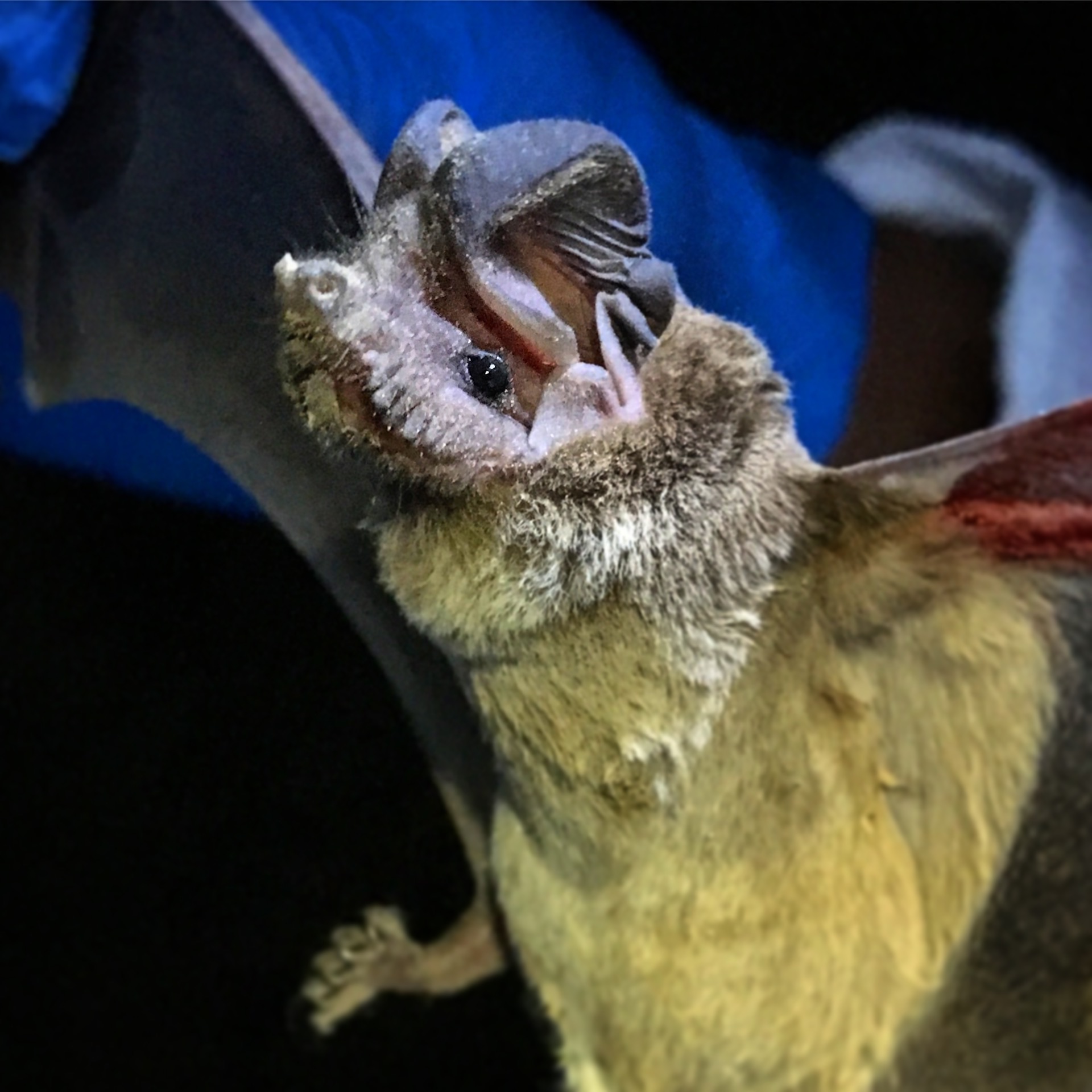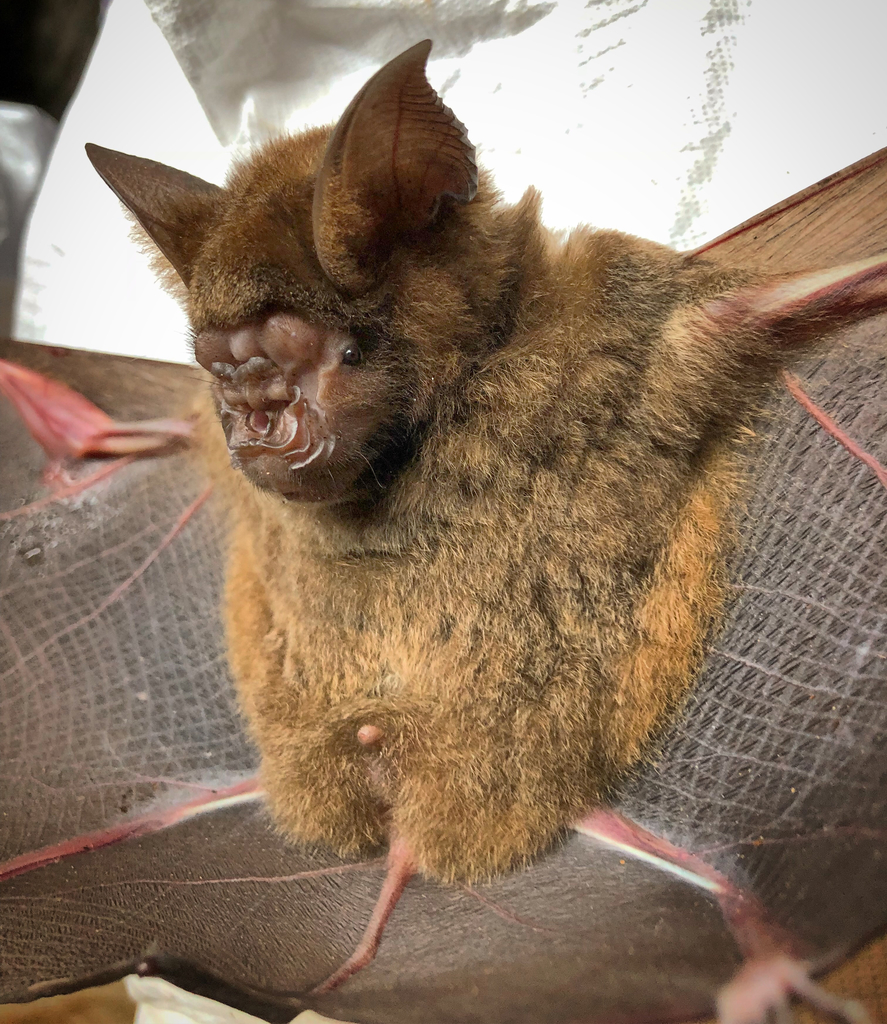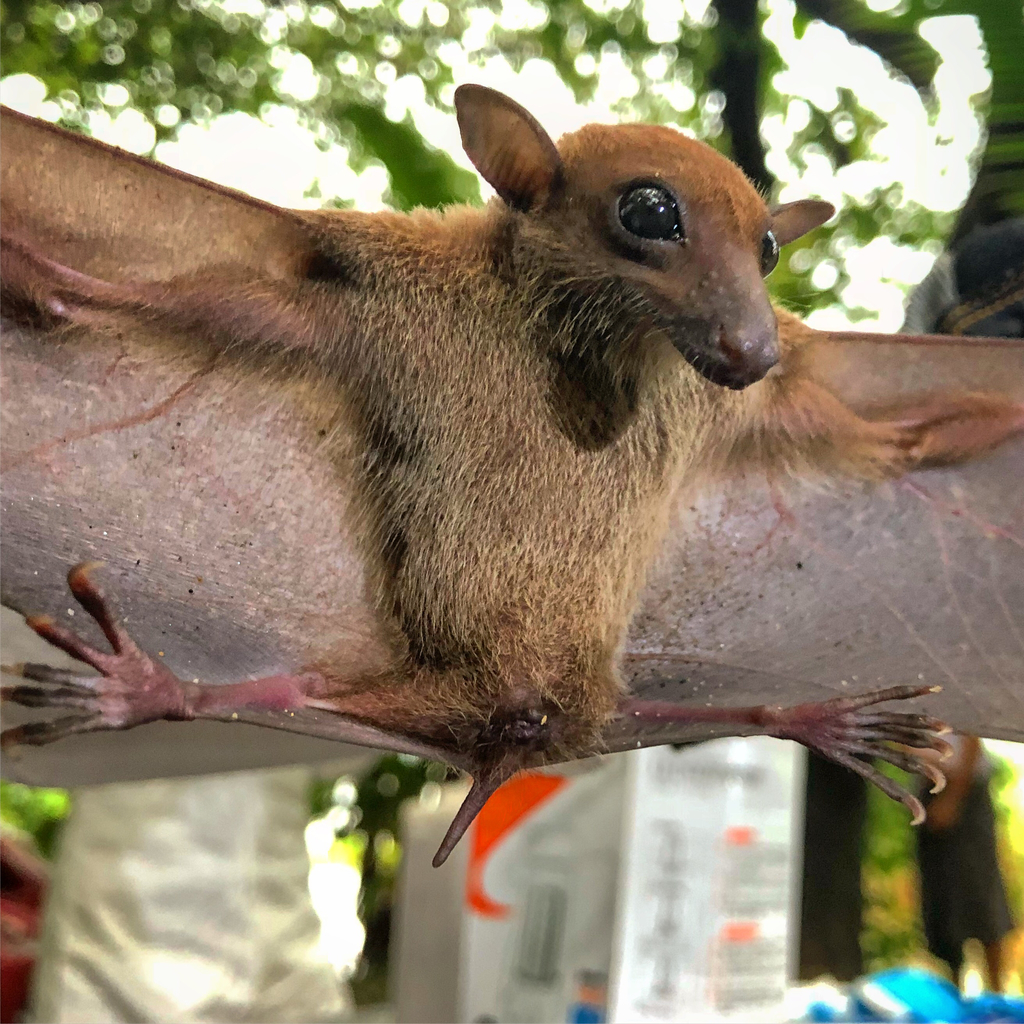WHAT’S IN LINNO CAVE?
Myanmar
PREDICT in Myanmar
Myanmar is a biodiversity hotspot with vast rural settings and forests. That habitat supports a large number of species, including bats and other animals that, in other parts of the world, have been known to carry zoonotic and emerging viruses. The country is becoming more developed every day, which leads to more high-risk interactions between humans and wildlife. Smithsonian Conservation Biology Institute’ Global Health Program works directly with experts from three Myanmar government ministries (Agriculture, Livestock and Irrigation; Health and Sports; Natural Resources and Environmental) to lead USAID’s PREDICT project activities in Myanmar.
Researchers also investigate domestic animals and coordinate with local healthcare professionals to identify viral risks in humans. PREDICT focuses on high-risk interfaces, or areas where interactions with animals might predispose humans to disease contraction. Understanding which diseases have the capacity to jump species and where that transmission is most likely to occur could lead to earlier detection and potentially life-saving intervention.
Linno Cave Bats
More than 500,000 bats roost in Linno Cave, crossing paths with people and livestock every day. The team conducts most of their work at night when the bats emerge from the caves to feed. Working carefully, the researchers collect measurements and samples from each animal they catch.
Linno Cave is home to several bat species, including wrinkle-lipped bats (Chaerephon plicatus), lesser horseshoe bat (Rhinolophus hipposideros) and cave nectar bats (Eonycteris spelaea).
The bats are given sugar water before being released to ensure they have the energy to continue their flight—just like a person might receive a sugary juice after a blood drive.
Findings
Scientists sequence the viruses they detect in animals to determine their pathogenicity, or ability to cause disease, in humans. Any viruses detected in samples from animals or humans are also analyzed for pandemic potential. If a virus is considered a concern, the researchers work with Myanmar’s government to determine the immediacy of the issue and whether a response is necessary.
Researchers have already identified two new coronaviruses in saliva and fecal samples from insect-eating bats. One of these viruses had never been detected in the world, and the second had only been identified in Thailand’s bats. While these new viruses belong to the same family as SARS and MERS, there is no evidence that they pose a threat to people at this time.






